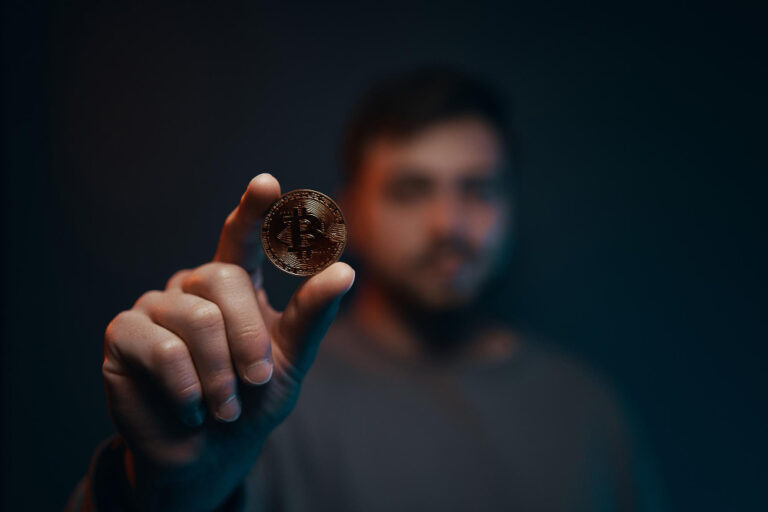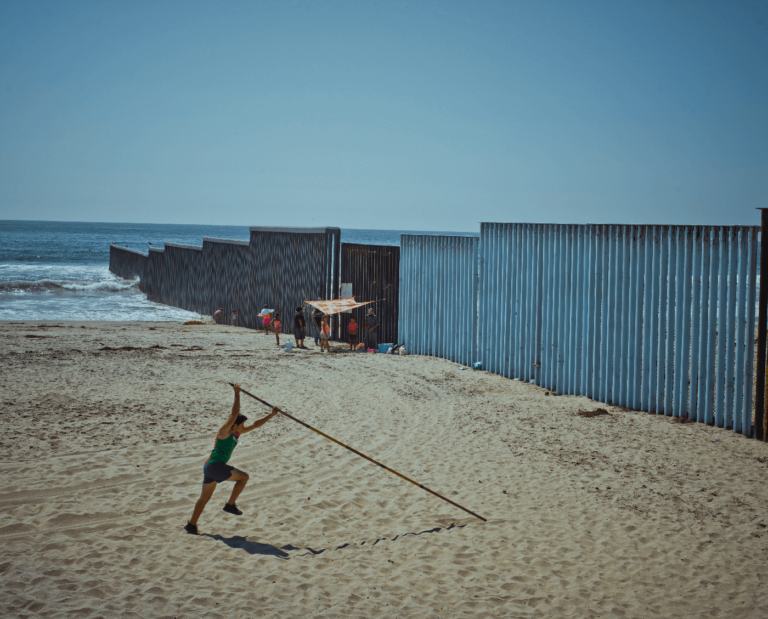A fragrance perfume is much more than a pleasant scent—it’s a statement of identity, mood, and personal style. Selecting the right fragrance is a deeply personal choice, as it leaves a lasting impression on those around you and can evoke emotions and memories. Whether you’re drawn to floral, woody, or fresh notes, the fragrance you wear can define your presence. However, choosing the right one can be overwhelming with the growing variety of options, including traditional perfumes and the increasingly popular fragrance oils perfume. This guide will help you navigate the world of fragrances and find the perfect scent for you.
Understanding the Different Types of Fragrances
Eau de Parfum vs. Eau de Toilette vs. Fragrance Oils
When exploring the world of fragrances, it’s essential to understand the distinctions between different types. Eau de Parfum (EDP) and Eau de Toilette (EDT) are commonly found in the fragrance market. EDPs have a higher concentration of fragrance oils (15-20%) and last longer on the skin, typically around 6-8 hours. EDTs, on the other hand, contain a lower concentration (5-15%) and are more suitable for daytime wear, with a lighter, more fleeting scent that lasts 3-5 hours.
In contrast, fragrance oils are made from natural or synthetic oils and contain no alcohol. This means the scent is richer and lasts longer on the skin, often extending beyond 12 hours. Fragrance oils for perfume are less volatile and more skin-friendly, making them ideal for sensitive skin or those seeking a subtle, long-lasting fragrance.
What is Fragrance Oil Perfume?
Fragrance oil perfume is gaining popularity for its unique qualities. Unlike traditional alcohol-based perfumes, which can evaporate quickly and cause skin irritation, fragrance oils stay close to the skin, providing a more intimate scent experience. They are made from concentrated oils, which means only a tiny amount is needed to achieve the desired effect. Additionally, fragrance oil perfume is versatile, offering endless options for personalization and blending.
Identifying Your Signature Scent
The Main Fragrance Families
Fragrances can be categorized into different families, and understanding these will help you identify what suits you best. The four primary fragrance families are:
- Floral: Often composed of rose, jasmine, or lavender, floral scents are feminine and romantic. These are perfect for individuals who enjoy soft, sweet, and delicate fragrances.
- Woody: With notes like sandalwood, cedar, and vetiver, woody fragrances exude warmth and earthiness. They are ideal for those who prefer more profound, more grounded scents.
- Oriental: Spicy and exotic, oriental fragrances include vanilla, amber, and musk. These scents are rich and luxurious and perfect for evening wear.
- Fresh: Featuring citrus, green, and aquatic notes, fresh fragrances are light, clean, and invigorating. They are great for casual or daytime wear.
How to Test Fragrance Perfume Effectively
Testing fragrance perfume before committing is crucial to ensure it works with your body chemistry. The best way to sample a scent is to spray it directly onto your skin, particularly on pulse points like your wrists, neck, and behind the ears. Allow the fragrance to develop over a few hours, as top, middle, and base notes will emerge at different times. It’s also advisable to avoid trying more than three fragrances at once to prevent overwhelming your senses.
Factors to Consider When Choosing a Perfume
Skin Type and How It Affects Fragrance Oils for Perfume
Your skin type plays a significant role in how a fragrance smells on you. Dry skin tends to absorb perfume quickly, meaning the scent may only last for a short time. In this case, opting for a fragrance oil perfume with a higher oil concentration can help maintain longevity. On the other hand, oily skin holds fragrance better, allowing it to last longer without frequent reapplication.
Fragrance oils are an excellent choice for those with sensitive or dry skin. Compared to alcohol-based perfumes, fragrance oils are less likely to cause irritation or dryness. The oils enhance the fragrance’s staying power and nourish the skin.
Seasonality and Time of Day
Just like fashion, the fragrance you choose can change with the seasons. In warmer months, lighter, fresher scents such as citrus or aquatic notes are more appropriate, as they won’t feel overpowering in the heat. Opt for warmer, spicier scents like vanilla, musk, or amber that create a cozy, inviting aura in cooler weather.
Another factor to consider is the time of day. A bright, zesty fragrance is perfect for daytime, especially in professional settings where you want to keep things light and refreshing. Evening events, however, call for something richer and more sensual, like an oriental or woody fragrance, that leaves a lasting impression.
How to Make Your Fragrance Last Longer
Layering Fragrance Oils Perfume with Other Products
One of the best ways to extend the longevity of your fragrance is by layering. Start by using unscented or lightly scented body lotions and oils to moisturize your skin before applying perfume. Fragrance oils perfume can be layered with similar scents or body creams to create a more decadent aroma that lasts all day. This method works exceptionally well with fragrance oils for perfume, as the oils provide a more substantial base that holds onto scent molecules.
Additionally, applying your perfume right after a shower, when your skin is still slightly damp, helps to lock in the fragrance. This technique ensures the scent melds with your skin for a more natural and lasting effect.
Proper Storage Tips for Your Fragrance Perfume
Proper storage is essential to maintaining the quality and potency of your fragrance perfume. Always keep your perfume bottles in a cool, dark place away from direct sunlight and heat. Excessive exposure to light or fluctuating temperatures can cause the fragrance to deteriorate or change in scent.
Store your perfumes in their original boxes or in a drawer to further protect them from light exposure. Ensure the cap is securely fastened after each use to prevent oxidation. By taking these simple steps, you can preserve the longevity and integrity of your favorite fragrances.
Conclusion
Finding the perfect fragrance perfume is a journey that requires understanding your personal preferences, body chemistry, and the qualities of different fragrance types. Whether you prefer the lightness of an Eau de Toilette or the richness of a fragrance oil perfume, the key is to find a scent that resonates with your identity and lifestyle. Fragrance oils for perfume offer a long-lasting, skin-friendly alternative that is growing in popularity, making it a worthy option to explore.
By considering factors like skin type, seasonality, and the time of day and using layering techniques, you can ensure that your chosen fragrance lasts longer and smells better. Ultimately, the right fragrance perfume will enhance your presence and leave a lasting impression, helping you feel confident and uniquely you every time you wear it.










